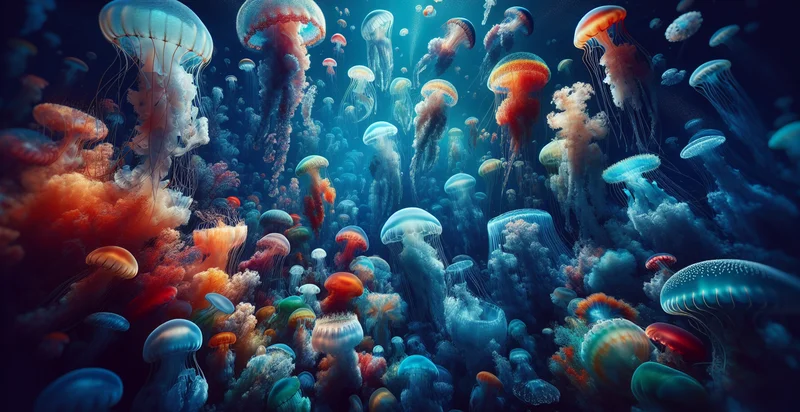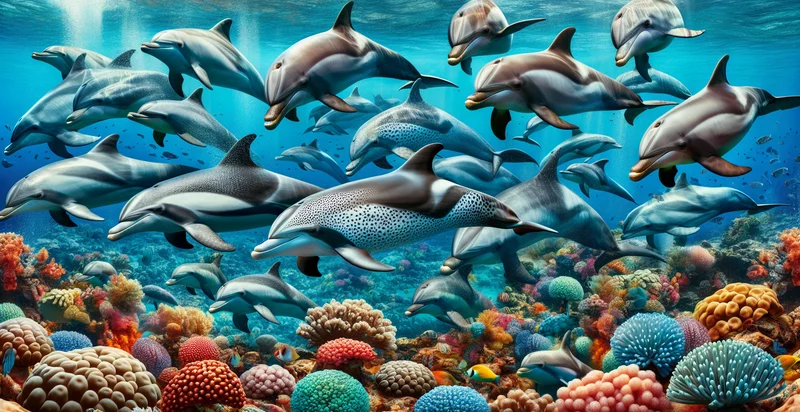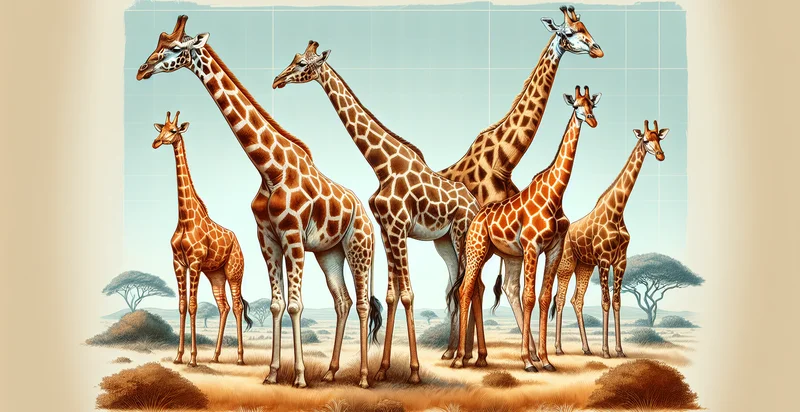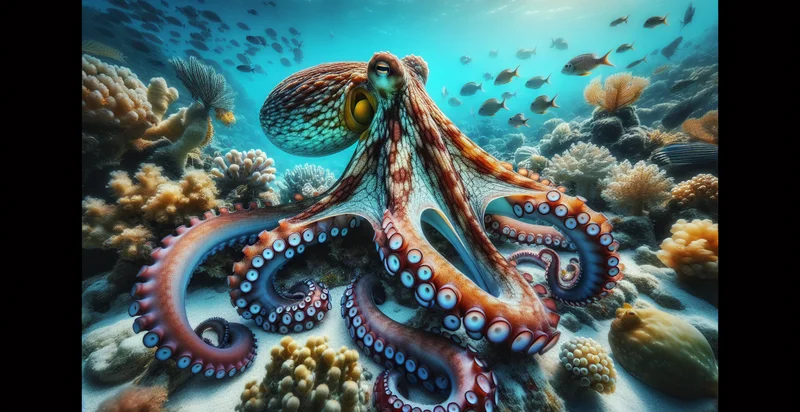Identify jellyfish species
using AI
Below is a free classifier to identify jellyfish species. Just upload your image, and our AI will predict which jellyfish species it is - in just seconds.

Contact us for API access
Or, use Nyckel to build highly-accurate custom classifiers in just minutes. No PhD required.
Get started
import nyckel
credentials = nyckel.Credentials("YOUR_CLIENT_ID", "YOUR_CLIENT_SECRET")
nyckel.invoke("jellyfish-species-identifier", "your_image_url", credentials)
fetch('https://www.nyckel.com/v1/functions/jellyfish-species-identifier/invoke', {
method: 'POST',
headers: {
'Authorization': 'Bearer ' + 'YOUR_BEARER_TOKEN',
'Content-Type': 'application/json',
},
body: JSON.stringify(
{"data": "your_image_url"}
)
})
.then(response => response.json())
.then(data => console.log(data));
curl -X POST \
-H "Content-Type: application/json" \
-H "Authorization: Bearer YOUR_BEARER_TOKEN" \
-d '{"data": "your_image_url"}' \
https://www.nyckel.com/v1/functions/jellyfish-species-identifier/invoke
How this classifier works
To start, upload your image. Our AI tool will then predict which jellyfish species it is.
This pretrained image model uses a Nyckel-created dataset and has 13 labels, including Aurelia Aurita and Chironex Fleckeri.
We'll also show a confidence score (the higher the number, the more confident the AI model is around which jellyfish species it is).
Whether you're just curious or building jellyfish species detection into your application, we hope our classifier proves helpful.
Related Classifiers
Need to identify jellyfish species at scale?
Get API or Zapier access to this classifier for free. It's perfect for:
- Marine Biodiversity Monitoring: Environmental agencies could use the jellyfish species identifier tool to enhance biodiversity studies by quickly classifying various species in a given marine ecosystem. This would provide useful data in understanding the health and diversity of marine life.
- Aquarium Species Management: Aquariums and marine parks could use the 'jellyfish species' identifier to ensure accurate species populations, ages, and life cycle stages. This could help improve animal care standards, and make educational exhibits more precise.
- Jellyfish Sting Treatment: Hospitals and clinics in coastal areas can use the tool to quickly identify jellyfish species from images or descriptions of the creature responsible for stings. This enables health practitioners to apply the most appropriate treatment swiftly.
- Marine Life Photography: Nature and wildlife photographers specializing in marine life can use the 'jellyfish species' identifier to accurately label their photographs. The precise identification could help researchers and scientists who might utilize these photographs for study.
- Fisheries Bycatch Reduction: The tool can help fishermen identify the type of jellyfish in their bycatch, facilitating efforts to avoid catching endangered or harmful species and protecting the overall marine ecosystem.
- Coastal Tourism Management: Tourism boards and operators could use the tool to inform people about the various jellyfish species in local waters, including which ones are safe to swim with. This could enhance tourists' experiences and protect their safety concurrently.
- Marine Biotechnology Research: Companies involved in biotechnology might use this tool as an initial step in sourcing certain jellyfish species known for their potential medical and technological applications. Quick and accurate identification can enhance their research and development process.


